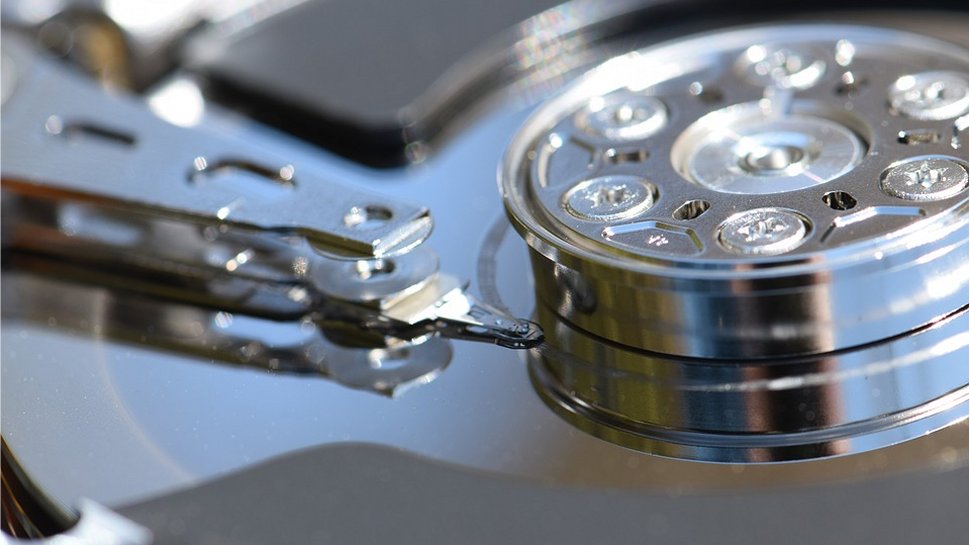Why tackling e-waste is mission critical for the data storage industry
Data storage industry must embrace circular economy

The manufacturing sector is rarely associated with sustainability best practices, and arguably for good reason. A recent study from IPCC found manufacturers account for 30% of global greenhouse gas emissions. Many still all too often make products without a plan for what happens when they reach end of life. From a technology hardware perspective, electronics no longer in use are far too often thrown away. In the UK alone, an estimated 2 million tonnes of Waste Electrical and Electronic Equipment (WEEE) items are discarded by consumers and companies every year.
According to IDC, the Global DataSphere is expected to generate 291ZB of data in 2027. Finding ways to recycle the world’s hard drive waste has therefore become a particularly pressing concern for the data storage industry. We have a critical part to play in operating more sustainably, and there are multiple ways to achieve this.
Delete, don't destroy
When a hard drive comes to the end of its life, many believe shredding is the only way to make confidential or sensitive information completely irretrievable. According to the Circular Drive Initiative, millions of storage devices are being shredded each year, even though they could be reused. Of course, data and intellectual property must be protected and adhere to global data privacy laws. However, disposal and shredding are not the only answer, and they are certainly not the most sustainable approach.
Businesses should not preclude safe data deletion. Many hard drives now have built-in encryption and erase capabilities, which means data can be digitally wiped through data sanitization. With the right technology, this can take literally a matter of seconds, and lead to redeployment into the market for many years.
Executive Vice President and Chief Commercial Officer, Seagate.
Embed a circular model
Most industrialized countries recognize linear, or ‘take-make-dispose’, economies are unsustainable for their businesses and wellbeing. This is driven partly by growing recognition of dwindling finite resources and materials. The hard drive industry needs to move away from this traditional pattern of production, and move towards a circular economy, in which the value of products, resources and materials is sustained for as long as possible.
Manufacturers need to improve product quality to extend the lifespan of hard drives, and create more possibilities for reclaiming components, while minimising their impact on resources. So instead of taking, making and disposing, we need to pre-empt storage e-waste by reusing, recovering and recycling.
Circular by design
The storage industry should look to other sectors for inspiration and learn from best practices. Let’s take the automotive sector as an example. Toyota has been a pioneer and proponent of circularity for many years. It is incorporated into the design of all its vehicles. The company uses innovative materials and alternative power systems and designs its vehicles in a way that makes it easy to dismantle them and prioritize parts and materials for reuse.
It can reprocess these parts to either be used in manufacturing, for recycling, and even as an alternative energy source. Automatic transmissions are reconditioned and reused, as well as the water used in the manufacturing process. Parts from hybrid powertrains are recycled and fuel cell stacks are transformed into power generators.
Invest in smarter production
Hard drive manufacturers should follow Toyota’s example and act smarter throughout the production line. Firstly, through more sustainable sourcing, minimizing rare-earth minerals in production and, wherever possible, finding alternatives that save costs too.
Manufacturing sites should transition to using renewable energy, such as solar or wind power, through renewable energy purchasing contracts and installations. They can use methods to boost water recycling for cooling, whilst decreasing water intensity. They can also apply more energy-efficient measures in the manufacturing process by driving down power consumption. Not only with the power needed to manufacture the products, but the power needed for the products to work for end users.
Stakeholder collaboration
Tackling the challenge of the e-waste mountain cannot be done alone. It requires collaboration with diverse stakeholders, including manufacturers, customers and industry partners. Everyone has a part to play throughout the entire value chain.
And it’s not just good for the environment, it makes good business sense too. The circular economy creates innovative ways for companies to increase their profitability by maximizing underutilized assets and capabilities. The World Economic Forum has estimated that the transition to a circular economy could represent a market worth $4.5 trillion by 2030.
Come full circle
The way to curb e-waste is through circularity. It’s kinder to the environment as it reduces greenhouse gas emissions, preserves rare-earth minerals, and reduces water and energy usage. But it also creates financial savings and increases business value. Sustainability and profitability need not be mutually exclusive. It’s time to conquer the e-waste mountain through more sustainable manufacturing. For the good of people, the planet and prosperity.
Are you a pro? Subscribe to our newsletter
Sign up to the TechRadar Pro newsletter to get all the top news, opinion, features and guidance your business needs to succeed!
Ban-Seng Teh, Executive Vice President and Chief Commercial Officer, Seagate.